Aviation
ANA Receives First A380 from Airbus
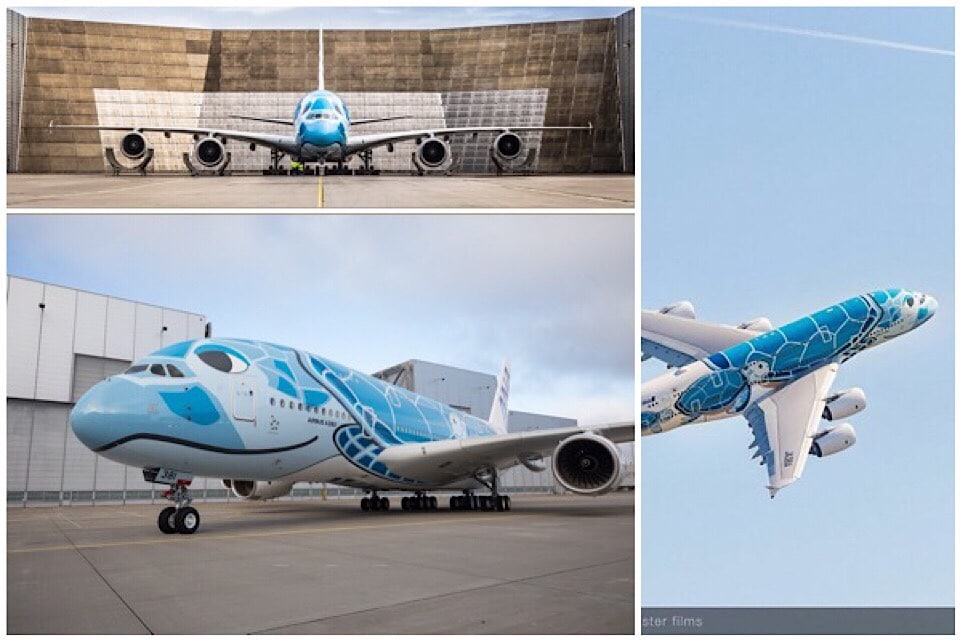
Ceremony held in Toulouse, France to commemorate the occasion.
· The latest addition to ANA’s fleet solidifies the airline’s partnership with Airbus.
TOULOUSE, March 20, 2019 – All Nippon Airways (ANA), Japan’s largest and 5-star airline for six consecutive years, has received the first of its three Airbus A380 aircraft. ANA and Airbus held a ceremony in Toulouse, France to mark the handover of the plane as well as acknowledge the importance of the airline’s relationship with Airbus. Media events are also scheduled to take place in Japan after the aircraft touches down at Narita airport.
https://youtu.be/CHlnu54tyEU
ANA’s new Airbus A380 will enter service on May 24th, traveling between Narita and Honolulu, Hawaii. The airplane is designed to provide maximum comfort to up to 520 passengers on this popular route with itspremium layout seating. The upper deck is home to eight First Class suites, 56 Business Class seats that convert to fully flat beds and 73 Premium Economy seats. The main deck will have 383 Economy Class seats, including 60 couch seats. This makes ANA the first in Japan to introduce a couch seat concept. Each couch is comprised of three or four seats and passengers are able to lie on the seats by folding up the leg rests. In addition to expanded passenger space, the aircraft offers heightened internet options as well as other advanced in-flight entertainment features.
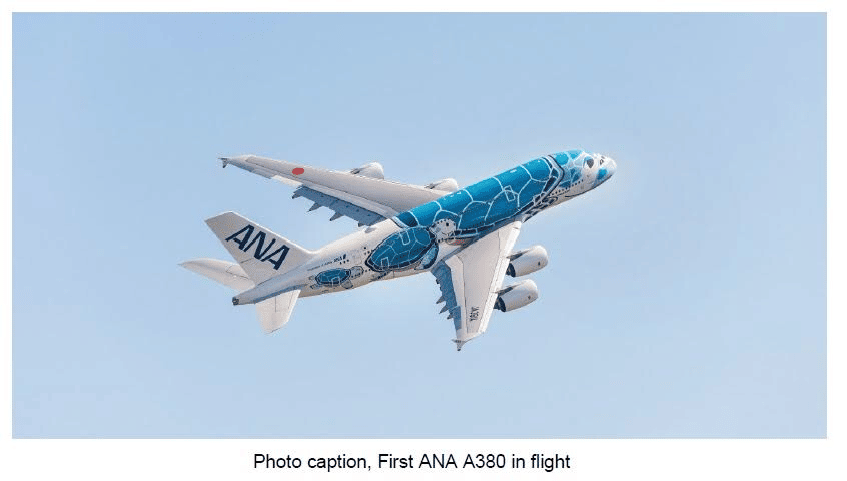
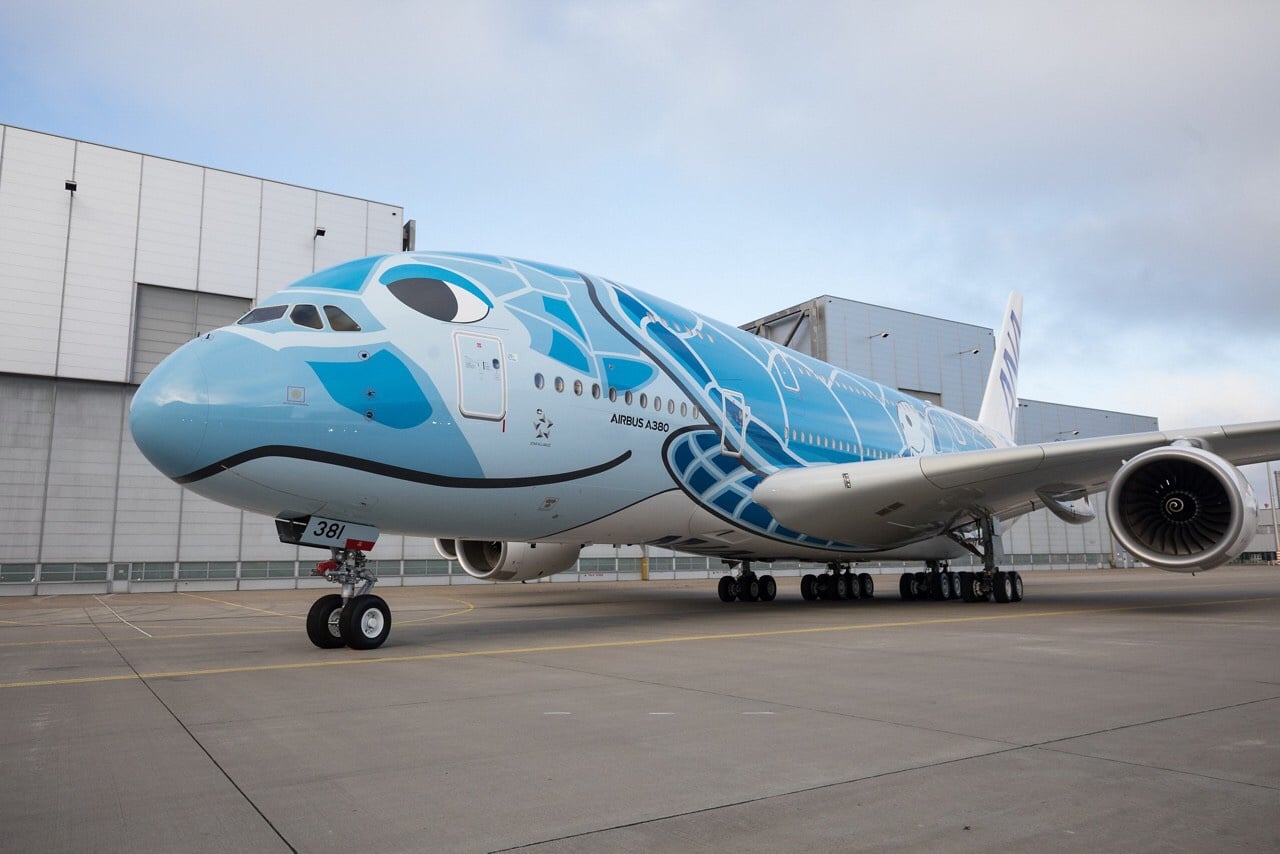
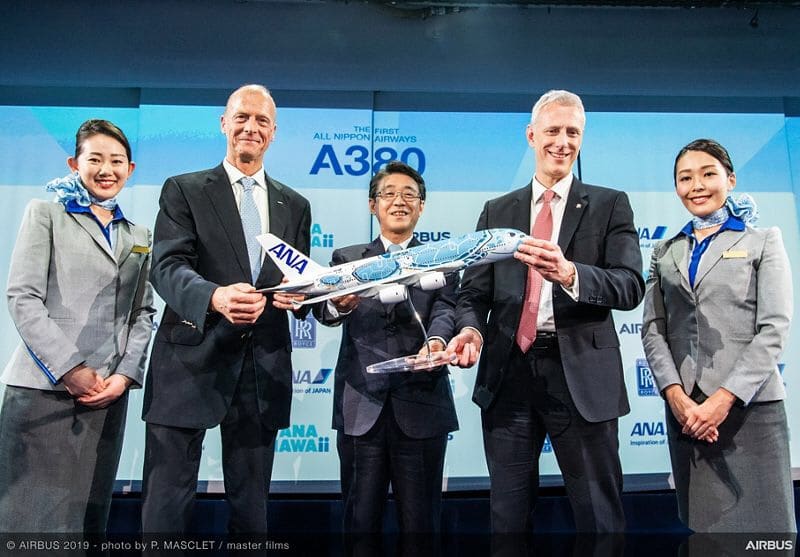
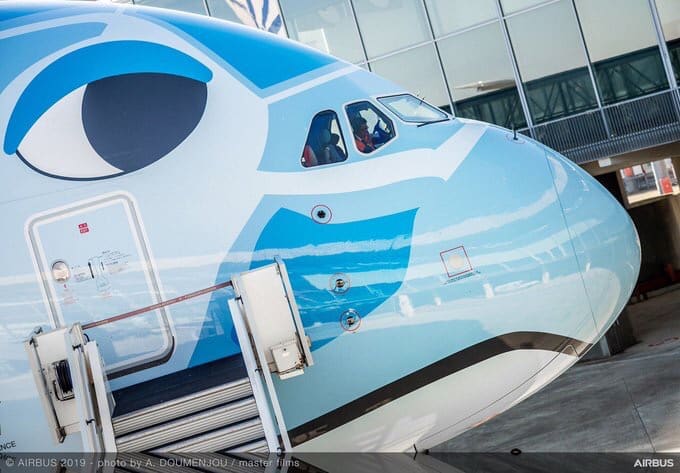
ANA’s A380 is configured in a premium layout seating 520 passengers. The upper deck features eight suites in First Class, 56 Business Class seats that convert to fully flat beds and 73 Premium Economy seats. Economy Class is located on the main deck, where ANA offers a spacious layout seating 383 passengers, including 60 Couch Seats. The aircraft features ANA’s very latest in-flight entertainment systems, as well as full connectivity in all classes.
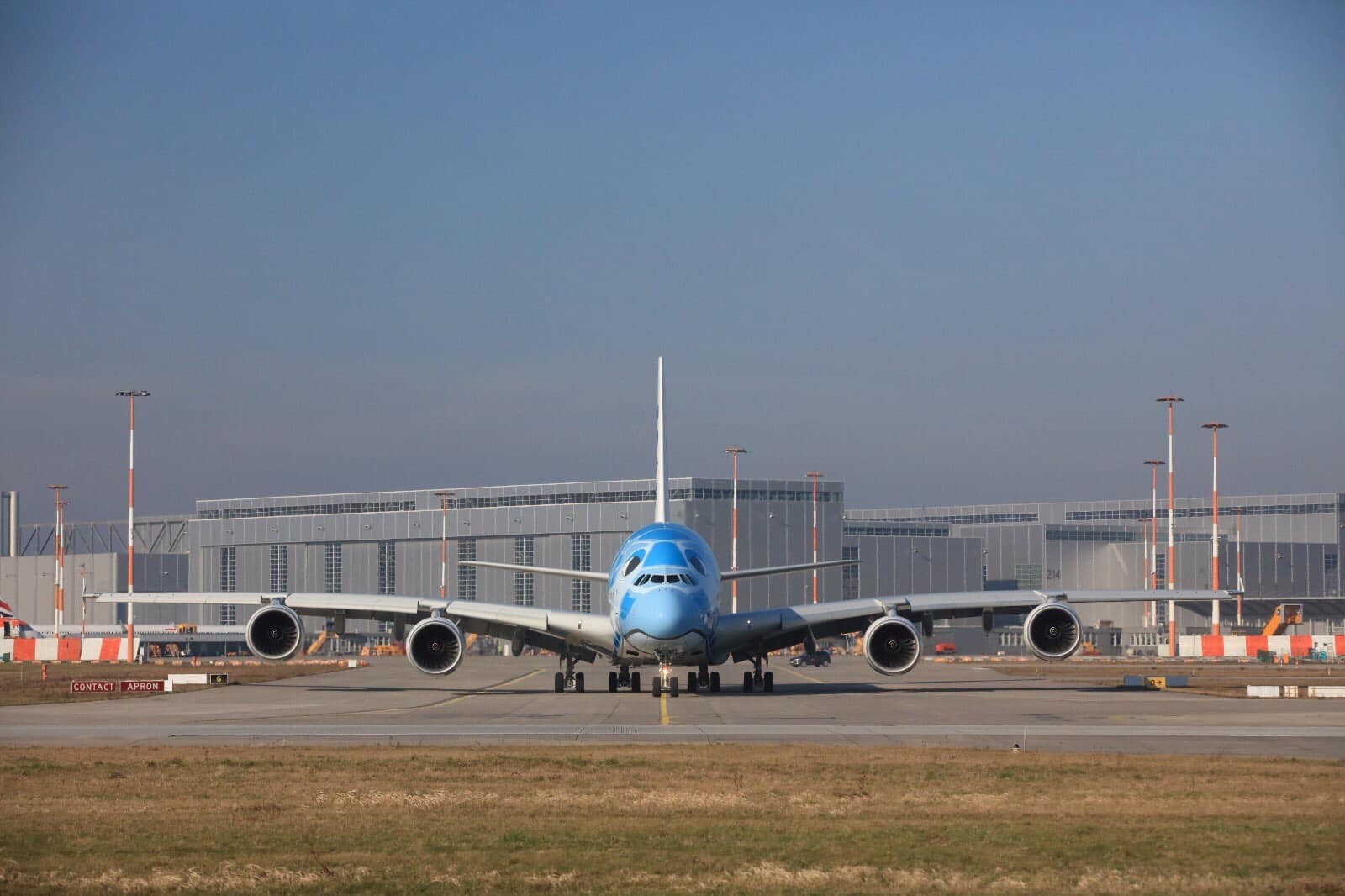
“We will commit all three of our Airbus A380 to the Tokyo Honolulu route with the goal of introducing a new level of luxury service to our passengers flying ANA on the number one resort route for Japanese travelers,” said Shinya Katanozaka, President and CEO of ANA HOLDINGS INC.
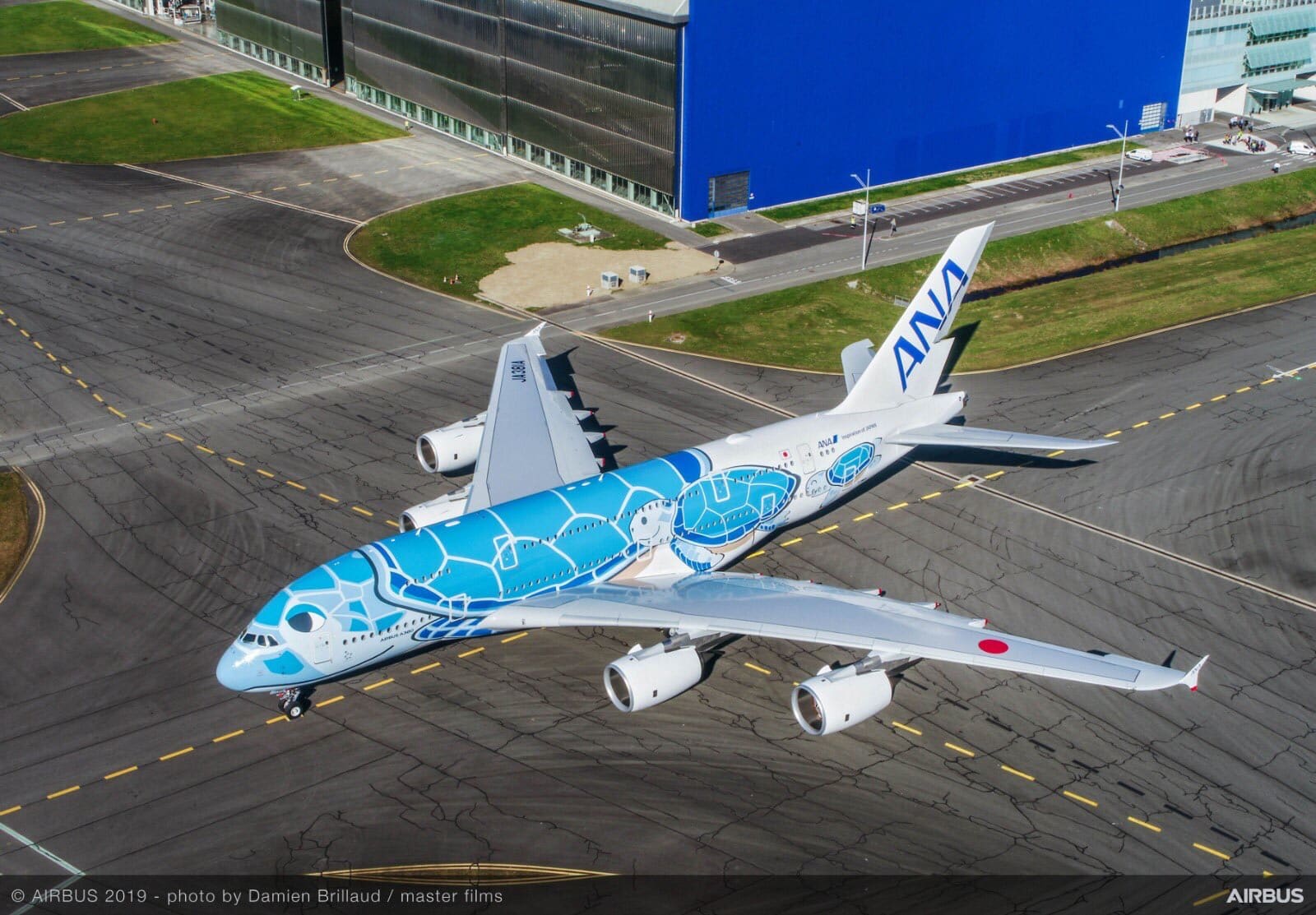
The A380 offers airlines the most efficient option to meet demand on the world’s most heavily travelled routes. It is also firmly established as the aircraft of choice by passengers worldwide, offering more personal space in all classes, a super-quiet cabin and smooth ride. Around 250 million passengers have already flown on the aircraft.
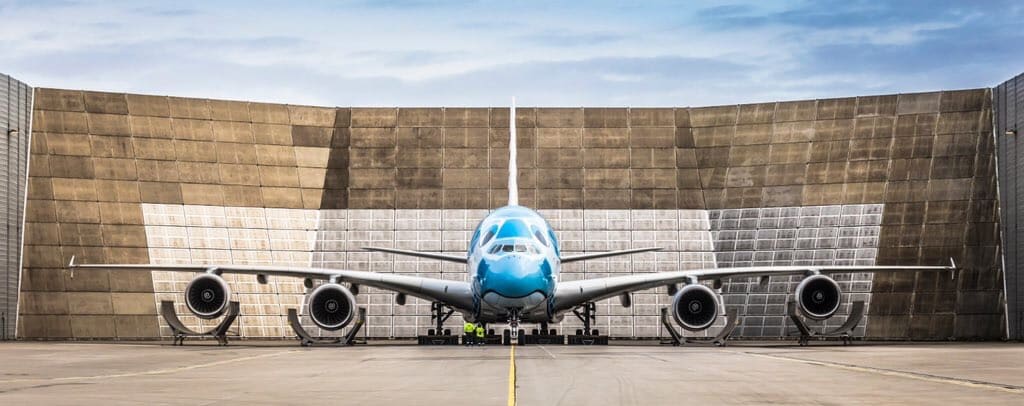
Following today’s delivery to ANA, there are currently 232 A380s in service with 15 airlines worldwide, flying on 120 routes across the globe.

Airlines
Air India to Launch aircraft maintenance training institute in Bengaluru

Air India, one of India’s leading global airlines, is set to establish a Basic Maintenance Training Organization (BMTO) in Bengaluru.
This institute will offer a comprehensive Aircraft Maintenance Engineering (AME) program certified by the Directorate General of Civil Aviation (DGCA). The program will follow an integrated 2+2 year structure, combining classroom learning with practical, hands-on training.
This initiative is part of Air India’s broader goal of creating a robust aviation ecosystem in India. With plans to expand its fleet and strengthen its operations, the airline aims to build a skilled workforce of maintenance engineers, making the organization self-reliant while supporting its ambitious transformation journey.
This country tops visa rejections in the popular Schengen countries
To bring this vision to life, air india has partnered with Bengaluru Airport City Limited (BACL), a subsidiary of Bangalore International Airport Limited (BIAL). Together, they will develop a state-of-the-art facility spanning 86,000 square feet at Bengaluru Airport City.
This purpose-built campus will feature modern classrooms, well-equipped laboratories, and qualified trainers to deliver world-class education and training. The institute is expected to become operational by mid-2026.
The BMTO will be located close to Air India’s new 12-bay Maintenance, Repair, and Overhaul (MRO) facility, also set to open in Bengaluru by early 2026. The AME program will begin with two years of academic coursework, followed by two years of practical training at the MRO, ensuring students receive hands-on experience adhering to industry standards.
Sanctions & Engine Issues Ground Half of Russia’s A320neo fleet
In the meantime, Air India has introduced a Cadet AME program in collaboration with reputable institutions in Bengaluru and Hyderabad.
This ensures continuity in its commitment to developing skilled aircraft maintenance engineers while the BMTO facility is under construction. The program also allows students to pursue a bachelor’s degree through university partnerships, enhancing their career and academic opportunities.
With this initiative, air india plane aims to address the growing demand for skilled professionals in aircraft maintenance and engineering, air india new planes contributing to the development of India’s aviation sector and creating specialized career paths for aspiring engineers.
-

 Aviation2 months ago
Aviation2 months agoMicrosoft Flight Simulator Raises $3 Million to Bring Back the An-225 Mriya
-

 Airlines2 months ago
Airlines2 months agoQatar Citizens Can Travel to the United States Without a Visa
-

 Aviation2 months ago
Aviation2 months agoQatar Airways bans these new Electronic Devices on plane
-

 Airlines2 months ago
Airlines2 months agoJapan Airlines Rolls Out Free Domestic Flights to International Passengers
-

 Defence2 months ago
Defence2 months agoWhich Country Has the Largest Fleet of Fighter Aircraft?
-

 Airport2 months ago
Airport2 months agoWestern Sydney Airport Welcomes Its First Plane After 6 Years of construction
-

 Travel2 months ago
Travel2 months agoQatar Airways Launches Four Additional Flights from Amsterdam
-

 Aviation2 months ago
Aviation2 months agoDid you know ? Once Boeing 747 carried 1088 passenger in 1991








